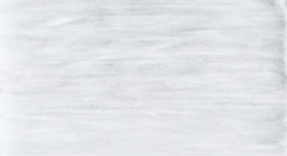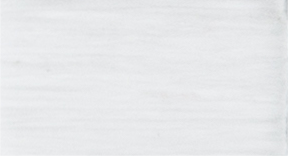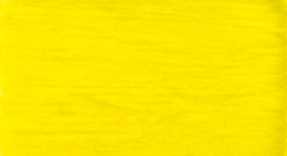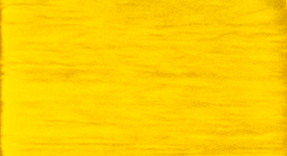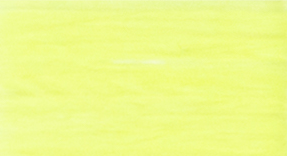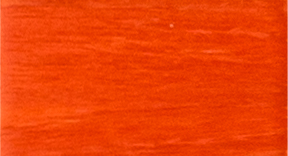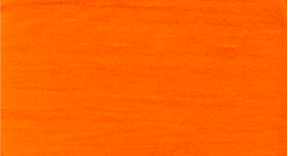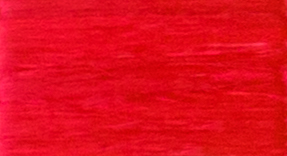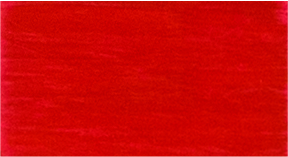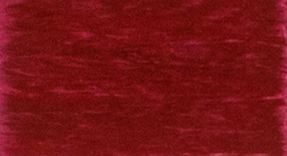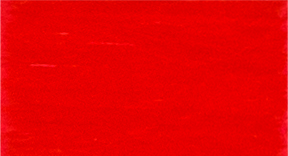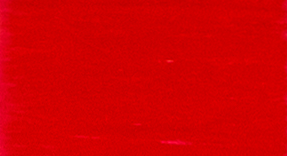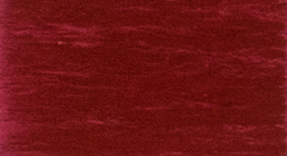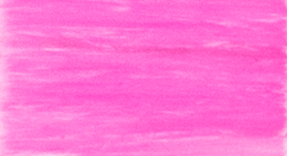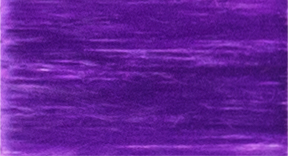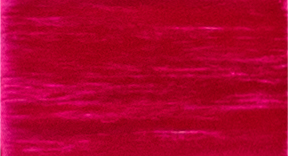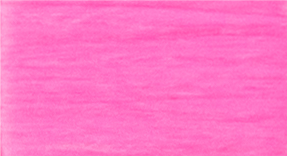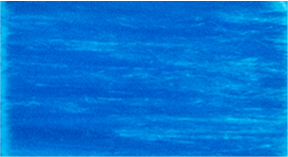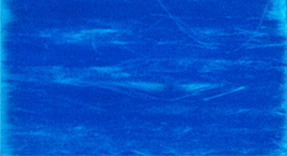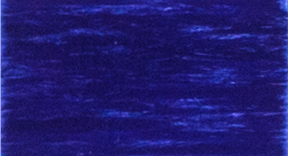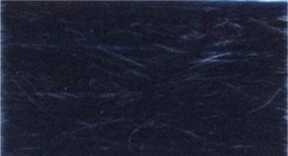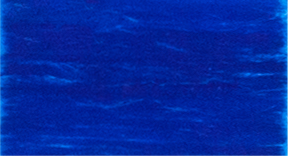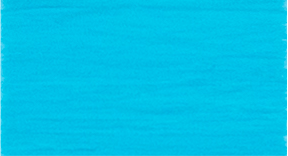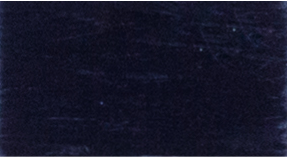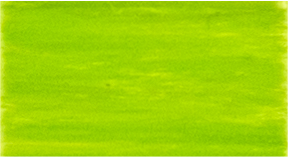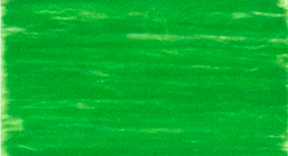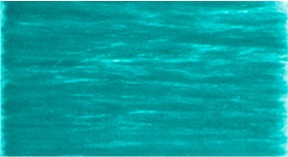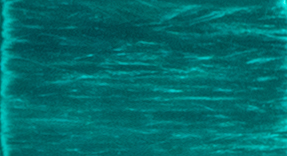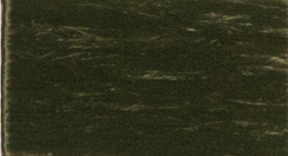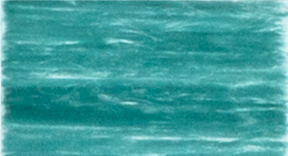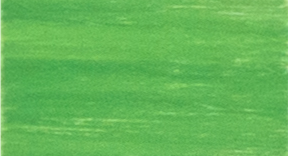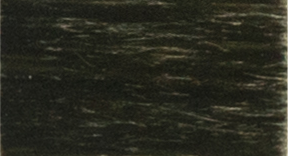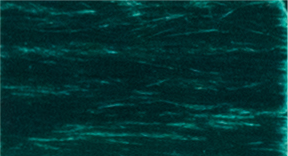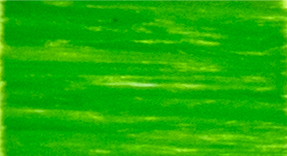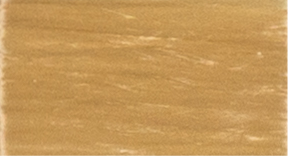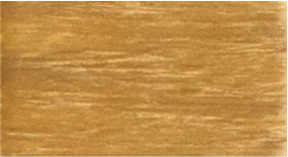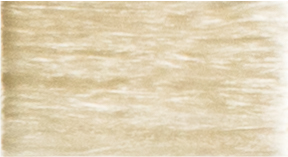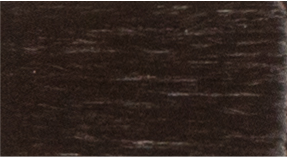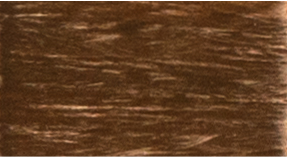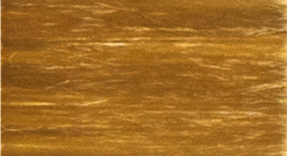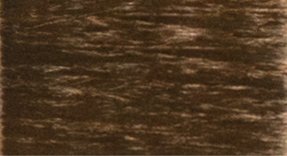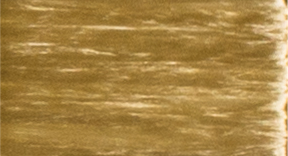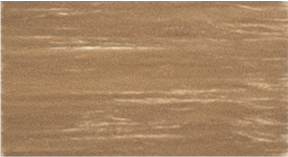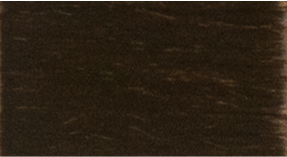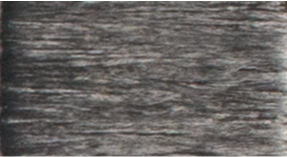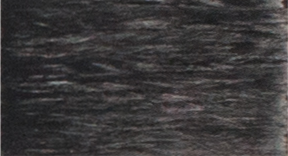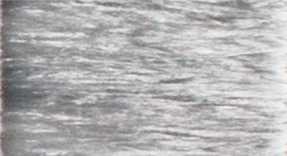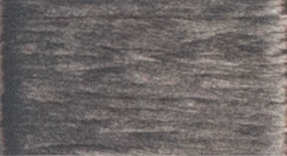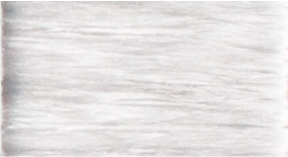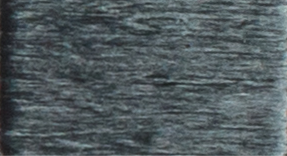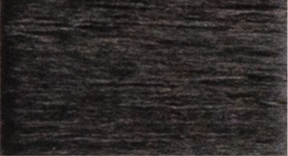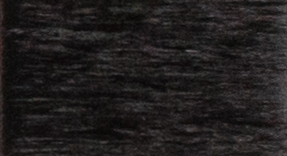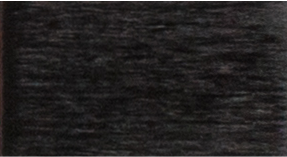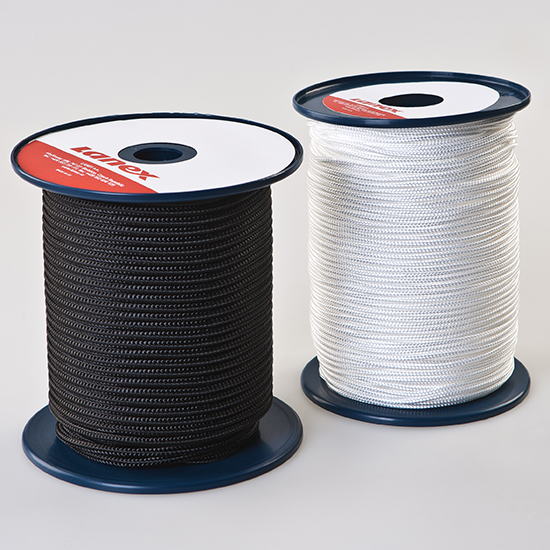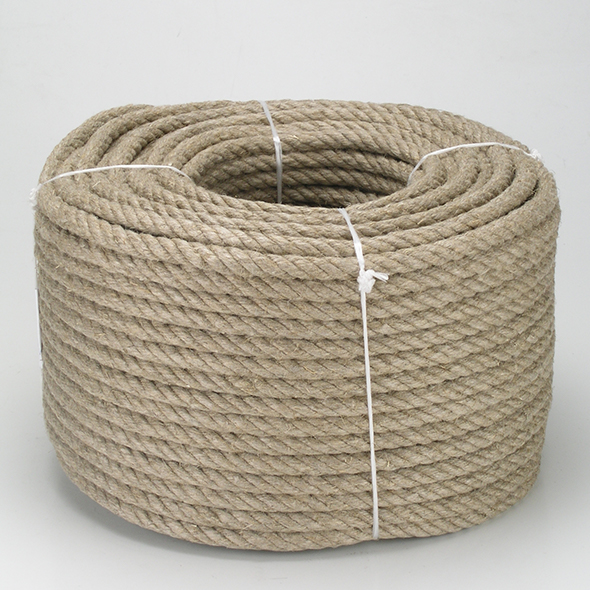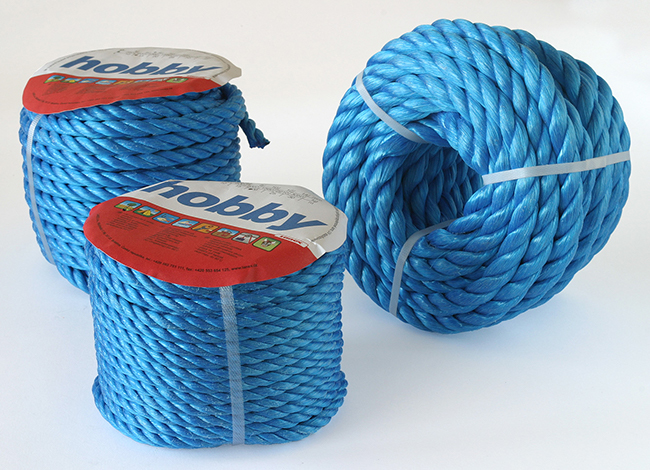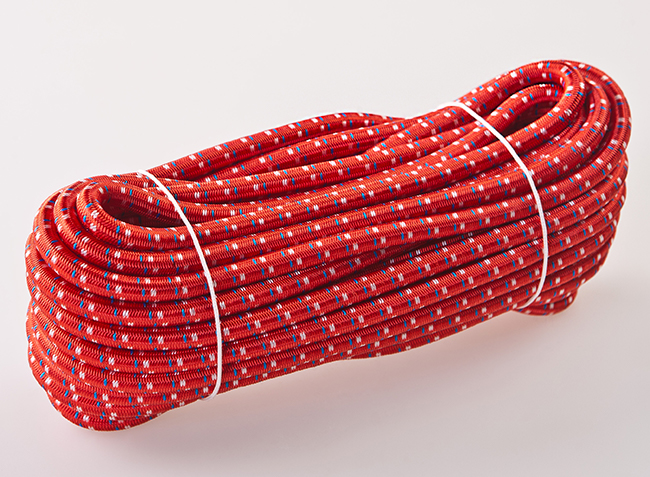Electric fences are used to fence in small and large animals to keep them in a designated area. The electric fence also protects animals from predators. Fences can also protect a forest nursery or an orchard from wildlife. The advantage of rope fencing is that it is safe, practical and economically more advantageous than conventional fences. Before you start building a fence for your animals, you need to know the answer to a few questions:
- What kind of animals will be kept? Sensitive animals (horses, dogs) or less sensitive animals (sheep, cattle)?
- What is the required length of the fence, i.e. its perimeter?
- Will the pen be mobile or permanent?
- What are the conditions where the pen will be installed? Vegetation around pastures, obstacles in the terrain, etc.
- How many entrances and corners will the pen have?
- Which power source will be used (mains or battery powered)?
All these questions need to be answered. A specialist will recommend the appropriate type of wire accordingly.
Conductor
The current flows through the conductor. This tends to be fencing tape, conductive ropes and ropes with metal wire interwoven. UV stabilisation of the conductor is important for fencing, depending on the climate where the fencing is used. More about this here.
Stainless steel and copperare the most commonly used wires. Copper wire, although low resistance, is very fragile. Stainless steel wire has higher strength, but again a high resistance. Often a combination of both is used. Steel fencing is a solid fence with very good conductivity. In contrast stainless Niro conductors have poor conductivity, so they are recommended for shorter fences or as a parallel conductor in multi-row fences. Here you can find the generally recommended heights for the wire in fencing for various animal species.
A good conductor is determined by:
- visibility, if the animal recognizes the fence, the better it works as a barrier;
- conductivity: the animal should be afraid of the conductor so it does not try to touch it to see if it has a current;
- corrosion resistance;
- its ability to be handled repeatedly
LANEX produces fencing cords and ropes from PP split film, PPV multifilament or PE monofilament fibres, in combination with stainless steel or tinned copper wire.
Because each application has its own specifics, at Lanex we manufacture fencing systems to the customer's specifications. Our sales representative will discuss your needs with you and together you can choose the best type of fence for your needs. It is possible to choose the material for the conductor and wire, the number of wires, UV stabilization, colour, diameter, design ..
At Lanex we manufacture fencing systems from these input materials:
- PP tape 6000 to 21,500 dtex, clear or coloured, UV stabilized
- PPV multifilament 1,000 dtex, clear or coloured, UV stabilized
- PE monofilament 470 dtex (0.25 mm diameter) or 920 dtex (0.35 mm diameter), clear or coloured, UV stabilized
- Stainless steel wire diameter. 0.15, 0.20, or 0.40 mm
- Copper tinned wire diameter 0.25 mm
Range of diameters produced:
PP fence cords and coiled ropes | ø 4 to 8 mm |
PPV fence lines and coiled ropes | ø 3 to 8 mm |
| PE fence cords and coiled ropes | ø 1.5 to 7 mm |
ø 3 to 8 mm |
Fencing ropes and tapes are made of UV stable fibres, the lifetime depends on the abrasion in the insulators. The conductivity is determined by the number, type and cross-section of the interwoven metal wires.
Electric ropesare suitable for horses and wild animals . They have high resistance, strength and durability and are very good conductors because they contain steel wires.
The clamping insulators prolong the lifetime of fence ropes and , in particular, the tapes as do proper coiling and storage. It is also important not to connect the plastic ropes with just knots, at least use a thin tie wire, and use couplers for tapes.
PET ROPES - made of polyethylene, highly visible, very flexible, designed for temporary pastures or pastures where the wires need to be removed outside the grazing season; very easy to wind compared to tape, lighter, does not stick together in winter frost, does not pull in the wind.
PET TAPE - made from polyethylene fibres, stainless steel or steel wire. The advantage is that the tape breaks more easily so does not cut a running animal. Frost is no problem for them. Suitable for fast animals, e.g. horses.
PP ROPES - made of polypropylene, high strength, smaller fences, relatively heavy, therefore the supporting stakes should be closer to each other, they can be easily pulled down outside the grazing season, compared to the tapes they are stronger, they do not spin in the wind, but they can cut animals that run into it. They are most often made of stainless steel metal wires.
GALVANIZED WIRES - a cable, conductor and prop in one, permanent fencing, worse handling during installation, better durability and strength.


